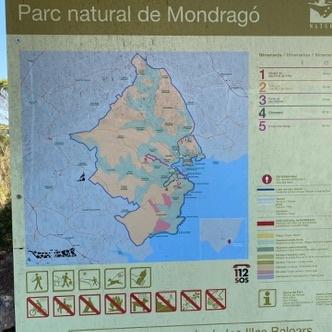How effective are current conservation efforts aimed at protecting and restoring Poseidon grass in the Mediterranean?
Similar Topics
poseidon grass conservation
mediterranean seagrass restoration
marine biodiversity protection
coastal ecosystem health
seagrass transplantation
marine protected areas
pollution impact poseidon
sustainable marine practices
Current conservation efforts aimed at protecting and restoring Poseidon grass (Posidonia oceanica), an essential seagrass species in the Mediterranean, have shown promising results but also face significant challenges. Poseidon grass plays a vital role in maintaining marine biodiversity, stabilizing sediment, and supporting fisheries, making its preservation crucial for the health of Mediterranean coastal ecosystems. Conservation programs typically focus on monitoring meadows, regulating activities like anchoring and coastal development, and promoting sustainable marine practices. In some areas, restoration projects involving the transplantation of healthy shoots into degraded meadows have been initiated, yielding localized success in habitat recovery and enhanced biodiversity.
Despite these positive outcomes, the effectiveness of conservation efforts is uneven across the Mediterranean. Continued threats, such as pollution, climate change, and invasive species, place persistent pressure on Poseidon grass meadows, occasionally outpacing restoration progress. Additionally, enforcement of protective measures is often inconsistent, with inadequate resources limiting long-term monitoring and community engagement. However, international collaboration and growing awareness have improved policy frameworks, such as the inclusion of Poseidon grass habitats within Marine Protected Areas (MPAs). These integrated management approaches, combining scientific research, legislative support, and public education, provide a foundation for more sustainable conservation outcomes.
In summary, while current measures have made important strides in safeguarding Poseidon grass populations, a comprehensive and adaptive approach remains necessary. Ongoing investment in restoration technology, stricter regulation of harmful activities, and wider public involvement will be essential to ensure the resilience of these underwater ecosystems amid environmental change. Protecting Poseidon grass not only sustains biodiversity but also preserves the natural beauty and ecological balance that make the Mediterranean a cherished destination for visitors and local communities alike.
Despite these positive outcomes, the effectiveness of conservation efforts is uneven across the Mediterranean. Continued threats, such as pollution, climate change, and invasive species, place persistent pressure on Poseidon grass meadows, occasionally outpacing restoration progress. Additionally, enforcement of protective measures is often inconsistent, with inadequate resources limiting long-term monitoring and community engagement. However, international collaboration and growing awareness have improved policy frameworks, such as the inclusion of Poseidon grass habitats within Marine Protected Areas (MPAs). These integrated management approaches, combining scientific research, legislative support, and public education, provide a foundation for more sustainable conservation outcomes.
In summary, while current measures have made important strides in safeguarding Poseidon grass populations, a comprehensive and adaptive approach remains necessary. Ongoing investment in restoration technology, stricter regulation of harmful activities, and wider public involvement will be essential to ensure the resilience of these underwater ecosystems amid environmental change. Protecting Poseidon grass not only sustains biodiversity but also preserves the natural beauty and ecological balance that make the Mediterranean a cherished destination for visitors and local communities alike.
🧩 Related Questions
Related Question
Are there any guided tours or workshops in Mallorca focused on the culinary or medicinal use of wild plants like nodding wood sorrel?
Related Question
How do guided tours of Mallorca’s churches provide a deeper understanding of the island’s heritage?
Related Question
How were women portrayed in the media and literature in Mallorca under Franco’s regime?
